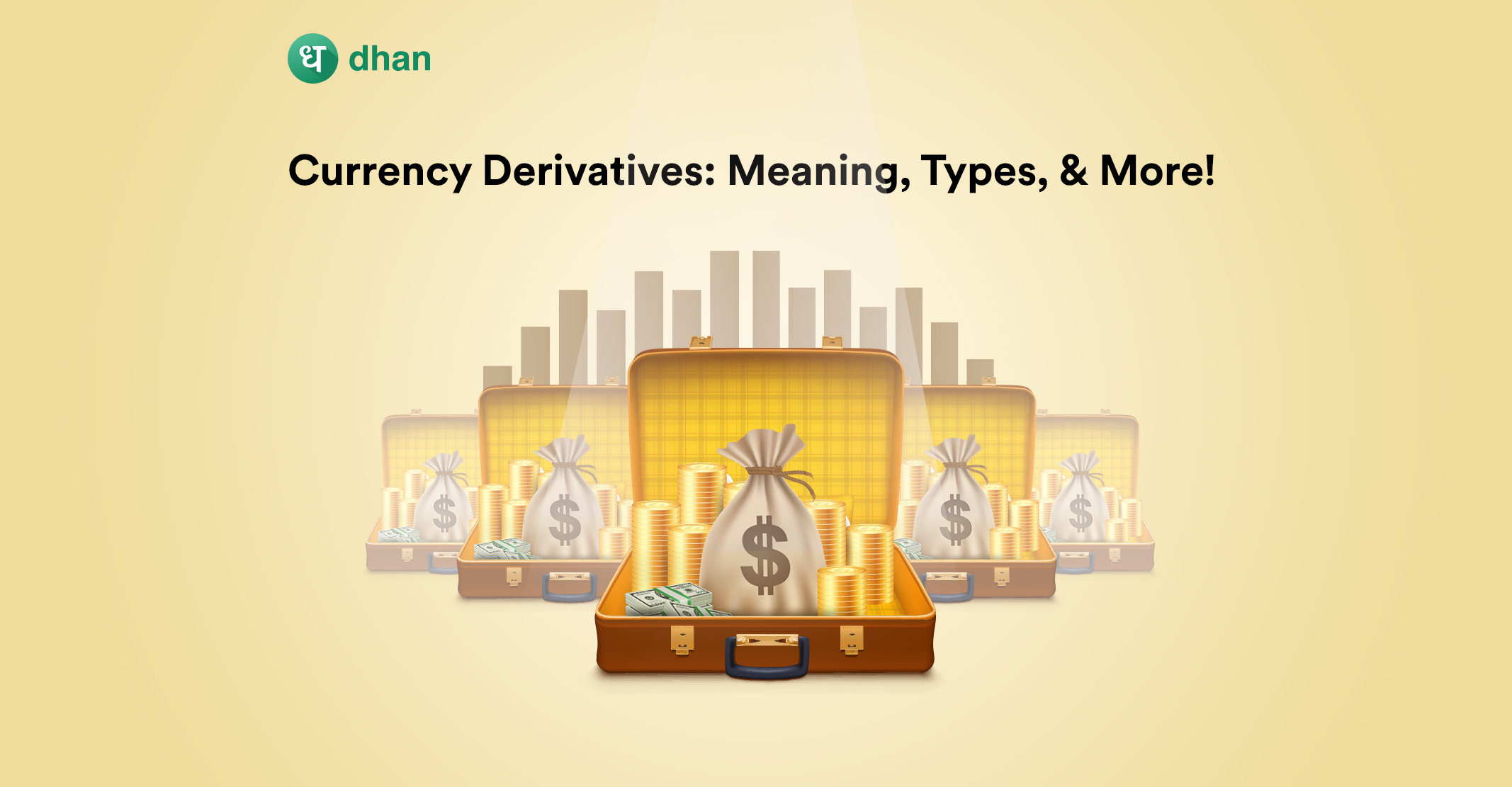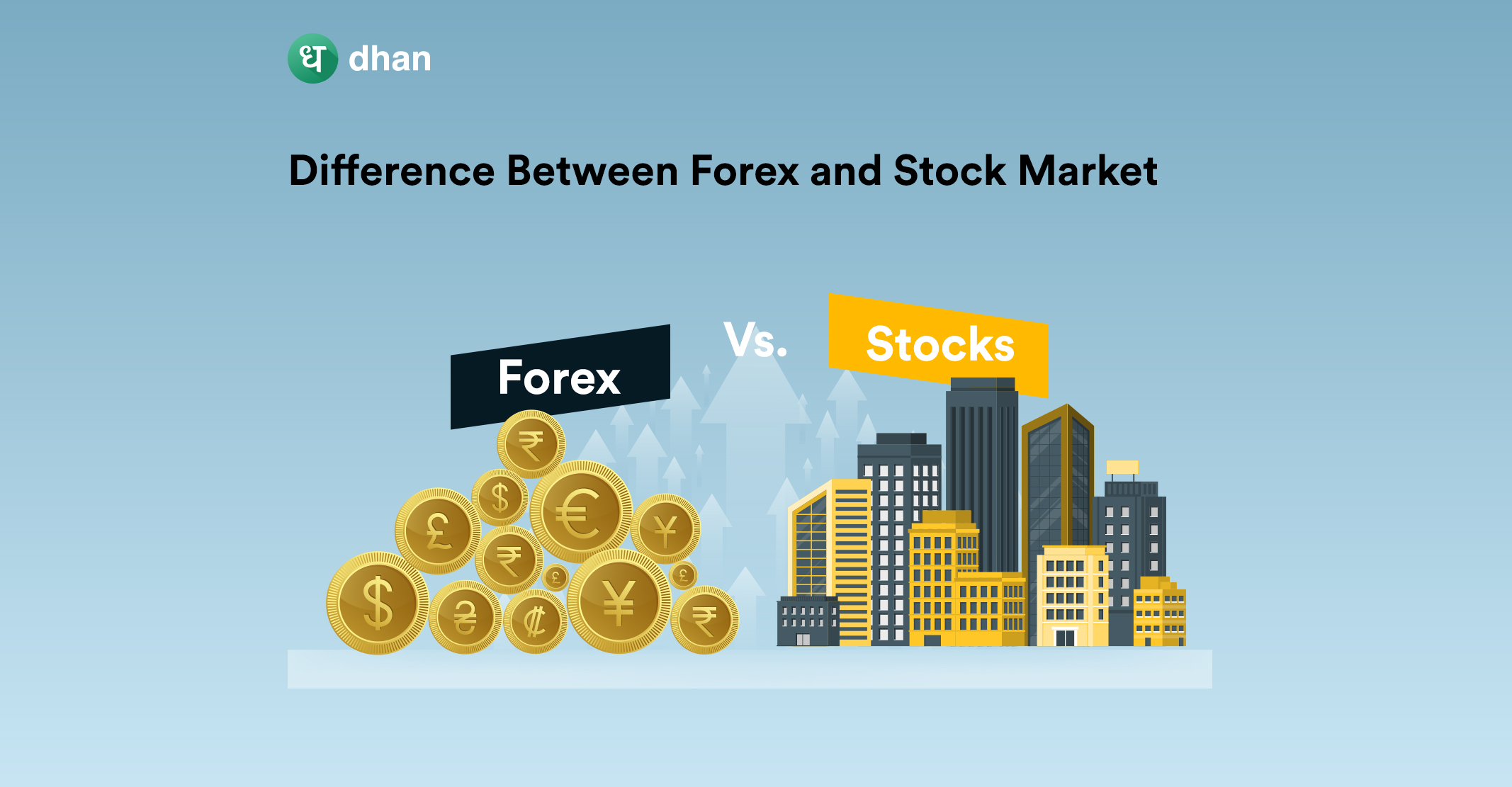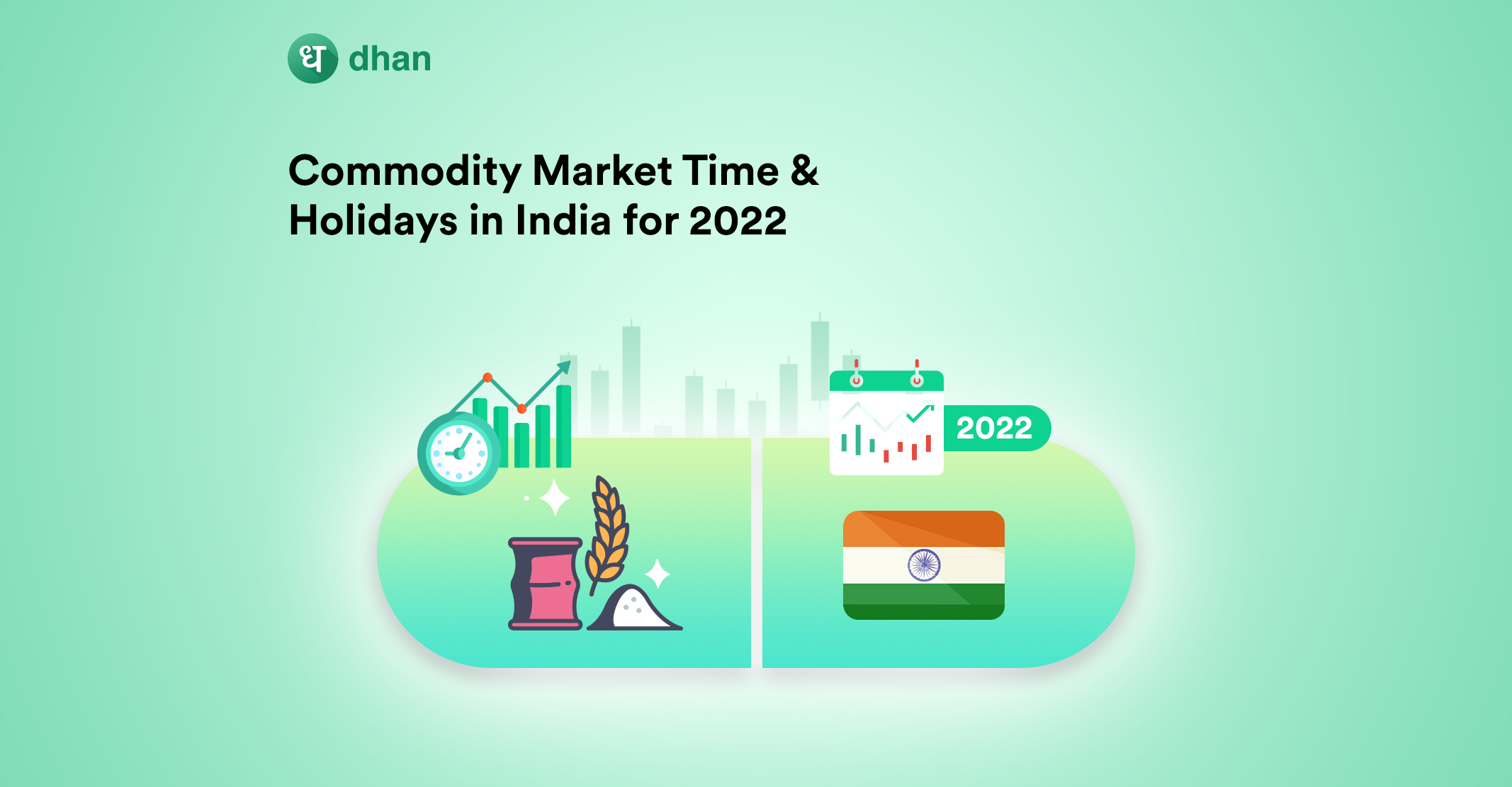Trading forex online is possible in two ways. The first involves buying and selling a pair of currencies directly. The other way is to trade currency derivatives that also include a pair of currencies but are entirely speculative. Curious? Read on!
What are Currency Derivatives?
Currency derivatives are speculative contracts that derive their value from a pair of underlying currencies. Every currency derivative contract is an agreement between two parties – a buyer and a seller.
These contracts can be traded either on an exchange like NSE and BSE or Over-the-Counter (OTC). If the derivative is exchange-traded, then it’ll have standardized prices, dates, and lot sizes.
For example, the NSE forex lot size for all currency derivative contracts in India is 1000 (except for JPY). In the global forex market, this is known as a micro lot but in India, it’s simply a standard lot.
An OTC currency derivative is customized. This means that a person writing (selling) the derivative contract can add their own terms and conditions for price, date, and lot size.
Either way, the primary components of a currency derivative contract are:
- Price
- Date
- Lot size
You know currency derivative's meaning but do you know which currencies you can trade in India? Types of Currency Pairs
How Do Currency Derivatives Work?
Currency derivatives are regulated by SEBI while the broader forex market is watched over by the RBI. Unlike stocks that have been around since the 1800s in India, the currency segment is new.
In fact, currency derivatives were opened to the public as recently as 2008 by NSE. The first currency pairs to be introduced were INR pairs. Cross-currency pairs were also allowed for trading later on.
Fast forward to 2022, you can trade currency futures for seven pairs and options for one pair with an authorized broker like Dhan. P.S: Dhan has a cool dedicated currency trading dashboard!
There are other facts that you should know about trading currency derivatives in India. Let’s use an example.
Example: Karan C Trades Currency Derivatives
Meet Mr. Karan C. He’s a budding trader looking to explore derivatives in forex. Karan C is young and has access to decent capital, which is why he turns to the forex market to learn to trade.
He chooses a strategy and a currency pair to trade while understanding the margin requirements. Don’t know what this means? Read What is Margin in Forex Trading!
Karan C wants to place a trade but he sees something interesting – the value of the forex derivatives contract is displayed up to the fourth decimal point. This is known as a Pip in forex trading.
In India, the Pip size (aka the tick size) is fixed at 0.0025. It’s the smallest amount by which a currency pair derivative can move. He analyzes the currency pair on charts.
Since Karan C is using Dhan, he can trade directly from TradingView Charts.
The currency contract he’s bought comes with an expiry. As per SEBI regulations, currency derivatives expire on the second last business day before the last working day of the month.
Mr. Karan C makes a profit on his trade and is expecting a delivery of currency. To his surprise, no bag of foreign cash will arrive at his doorstep. Why?
Regardless of whether it is a futures or options contract, currency derivatives on NSE and BSE are cash-settled – if you trade currency futures or options, the profit or loss you make will be settled in INR.
Now that the meaning of currency derivatives and how they work is clear, you may want to know what are the most popular types of currency derivatives in India.
Different Types of Currency Derivatives
There are two types of currency derivatives that fall under exchange-traded derivatives while two more are considered to be OTC. Here are all the four types of currency derivatives:
- Futures
- Forwards
- Options
- Swaps
1. Currency Futures
A futures contract in currency trading gives you the right and the obligation to buy or sell the underlying forex pair at the pre-agreed price and date. The forex pairs whose futures you can trade in India:
- USD-INR
- EUR-INR
- GBP-INR
- JPY-INR
- EUR-USD
- GBP-USD
- USD-JPY
Futures are a part of NSE currency derivatives in India, which means that they are exchange-traded and standardized contracts.
2. Currency Forwards
Forwards are like futures – they give the right and the obligation to exercise the contract at a pre-agreed price and date. However, there’s one key difference – forwards are not exchange-traded.
Instead, their traded OTC by retailers, exporters, importers, and other big players. The reason for this is the customization that OTC contracts offer.
3. Currency Options
Currency options are derivatives that give the holder the right but not the obligation to fulfill the terms of the contract. There are two types of forex options that you can trade:
- Calls: allows a trader to purchase the right to buy an option
- Puts: allows a trader to purchase the right to sell an option
To buy an option in the forex derivatives market, you’ll have to pay a premium. This is over and above the profit or loss. There are other nuances to options trading that we’ve discussed here:
Fun fact: there are forex trading strategies that rely on collecting premiums and hoping that the buyer does not exercise the contract. This often happens while shorting.
4. Currency Swaps
A currency swap is a derivative that allows interest on a pair of currencies to exchange hands. Unlike the other currency derivatives on this list, swaps operate on a notional value – the principle.
The interest to be paid or received in one currency is converted into the other, the amount of which is paid at the end of the loan. Since the principle is notional, it is never repaid.
Futures and options are the most popular types of currency derivatives in India. You can trade currency derivatives on Dhan with awesome features like TradingView Charts, Advanced Option Chain, & more!
How to Trade Currency Derivatives in India?
The first step to begin trading currency derivatives is to choose a broker! Brokers are the middlemen that allow you to participate in the markets via exchanges like NSE and BSE.
Traders typically look at the commissions, but above all, they evaluate the features of the broker’s platform. For example, Dhan gives you access to the “Advanced Option Chain” for currency options.
Once you’ve chosen a forex broker and a suitable trading strategy, you’ll have to complete the KYC and deposit a margin. Lucky for you, India has a standardized margin requirement across brokers.
The amount of money you need to start trading currency online is relatively low – the margin that forex brokers charge is often a fraction of the total derivative contract’s value.
Bear in mind that currencies are highly leveraged, which means they carry risks. Not to forget, you’ll have to ensure that your account is funded after taking a position of a forex pair.
If the amount you paid for a contract falls below the contract’s value, your broker will margin call you. This simply means that you’ll need to make up the difference by topping up your trading account.
Happy trading!
Like this? Then you’ll love:
- Forex Market Hours & Holidays in India for 2023
- Leverage Vs Margin in Forex?
- Is Forex Trading Profitable in India?
FAQs
Q. How do you trade currency derivatives?
All you have to do is open a forex trading account with a SEBI-approved broker like Dhan to trade currency derivatives.
Q. Where are currency derivatives traded in India?
Currency derivatives are traded on NSE via brokers like Dhan who are SEBI-approved platforms for forex derivatives trading.
Q. Who regulates currency derivatives in India?
The RBI and SEBI regulate currency derivatives in India.



